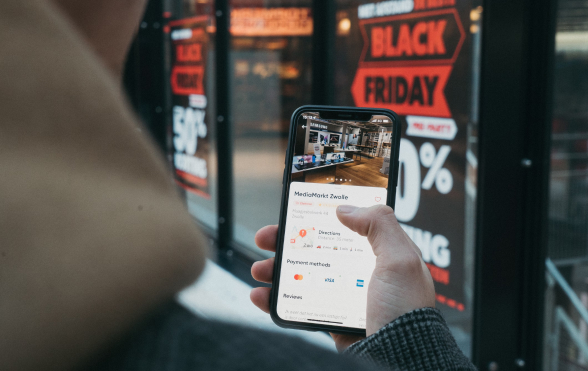To build a newsletter in Marketo, you would typically use an email template to create your newsletter content, personalize it using tokens, and then send it through an email program or smart campaign.
Creating the Newsletter Content
Step 1: Select a Template
- Log in to your Marketo account.
- Go to the Marketing Activities area.
- Find the Design Studio or an existing program where your email template is stored.
- Click on ‘Email Templates’, and select an appropriate template for your newsletter. If you don’t have one, you may need to create or import a template first.
Step 2: Create an Email
- Once you have your template, go to the ‘Marketing Activities’ tab.
- Navigate to the program you want to use for sending the newsletter.
- Right-click on the program and select ‘New’ and then ‘New Email’.
- Name your email and select the template you decided to use.
Personalizing the Newsletter
Step 3: Customize Content
- In the email editor, click on the sections you want to edit and insert your newsletter content.
- Use the rich text editor to format text, add images, and insert links.
Step 4: Personalize with Tokens
- Drag and drop tokens into your email to personalize it. This could be lead-specific tokens such as {{lead.First Name}} or program-level tokens like {{my.Event Date}}.
Preparing for Sending
Step 5: Set Up The Email Settings
- Under the ‘Email Settings’, configure the subject line, from name, from email, and reply-to email. You can use tokens in the subject line for personalization as well.
Step 6: Define Recipients
- Decide whether you will send the newsletter to a static list, smart list, or a combination of both.
- If you haven’t already, create or update the list that will define who will receive your newsletter.
Step 7: Schedule Delivery
- In your program, set up a smart campaign for sending the email.
- Define the smart list with the ‘Send Email’ flow step and select your newsletter email.
- Schedule the campaign to send the email at your desired date and time.
Testing and Approving
Step 8: Test Your Newsletter
- Use the ‘Send Sample’ feature to send the newsletter to yourself or a test group.
- Check for both content accuracy and rendering issues across different email clients.
Step 9: Obtain Approvals
- Make sure to get any necessary internal approvals before sending the newsletter to your entire list.
Step 10: Approve and Launch
- Once testing is complete and approvals are obtained, approve your email and smart campaign.
- Launch the campaign according to your schedule.
Conclusion
Creating a newsletter in Marketo involves selecting a suitable template, customizing it with your content, personalizing it with tokens, and sending it to a defined list of recipients. Always remember to test your newsletter thoroughly to ensure that it displays as intended across all email clients and that all personalization elements are working correctly. With attention to detail and a clear process, you can effectively communicate with your audience and keep them engaged with your brand through well-crafted newsletters.


